A tough gel electrolyte protects lithium metal anodes for safer and more efficient rechargeable batteries.
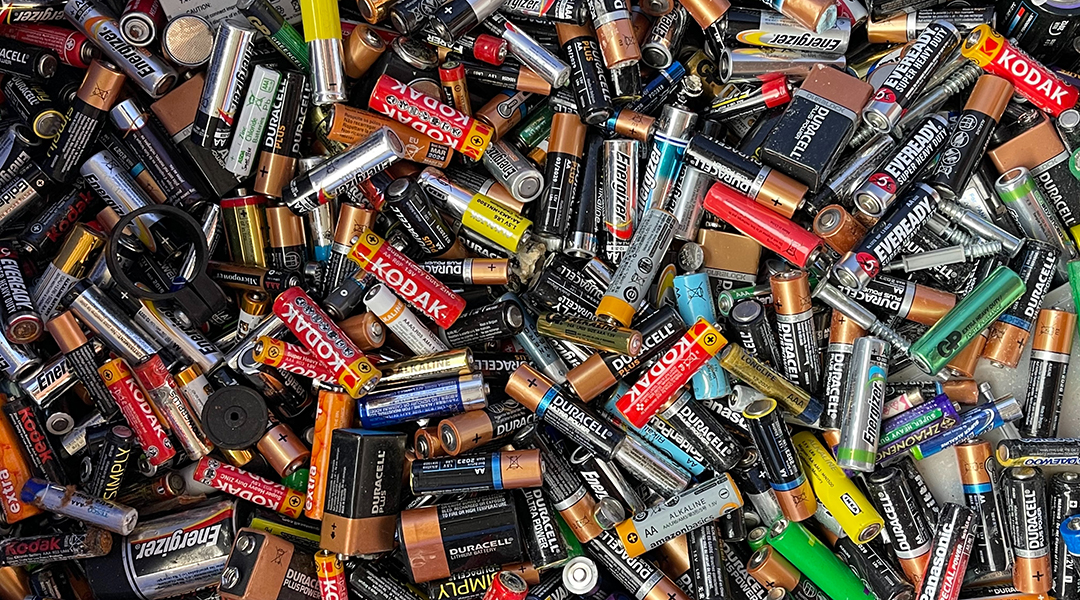

A tough gel electrolyte protects lithium metal anodes for safer and more efficient rechargeable batteries.
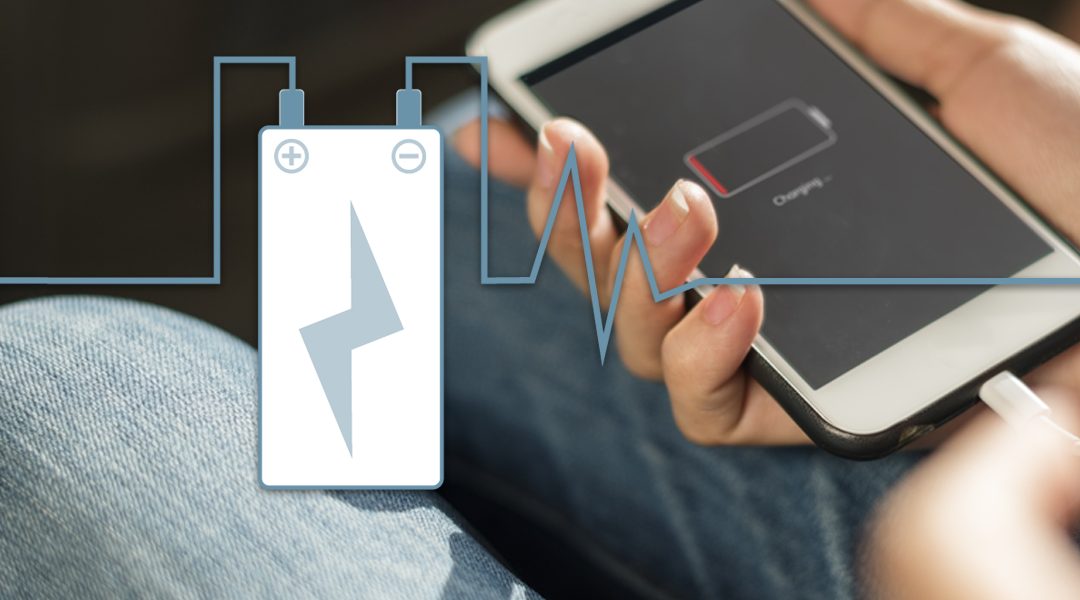
A novel upright structure of a Li anode to creatively make planar Li metal stand up and achieve inner growth of Li dendrites, providing longer cycle life in lithium metal batteries.
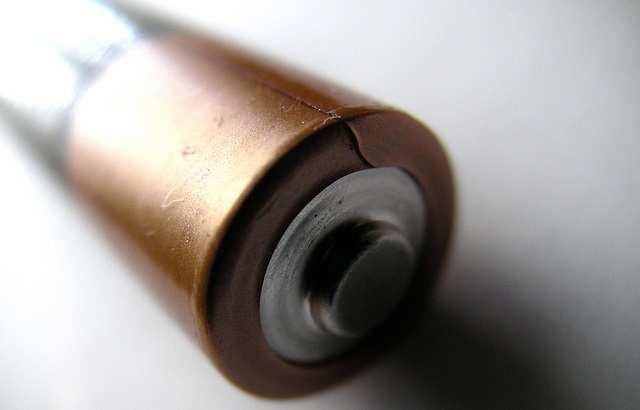
Paul Shearing of UCL explains thermal runaway observed in lithium-based battery systems, and comments on its mitigation and the future of battery safety.

The new material rapidly transports lithium ions through its structure and could help make rechargeable lithium-ion batteries safer and more efficient.
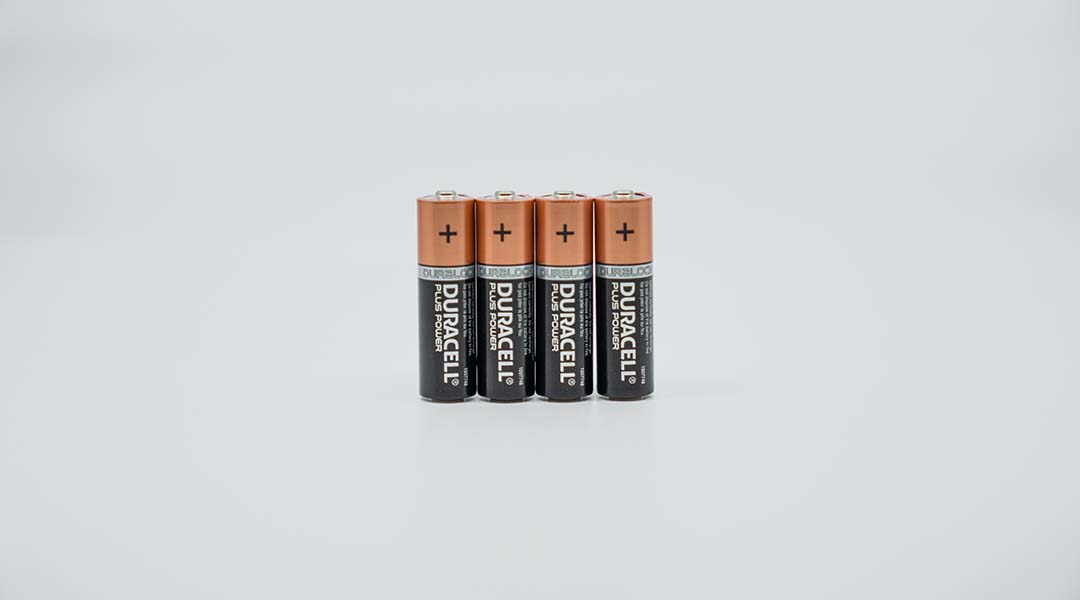
Scientists explore the challenges facing alternatives to lithium-ion batteries and suggests a roadmap to overcome these obstacles.
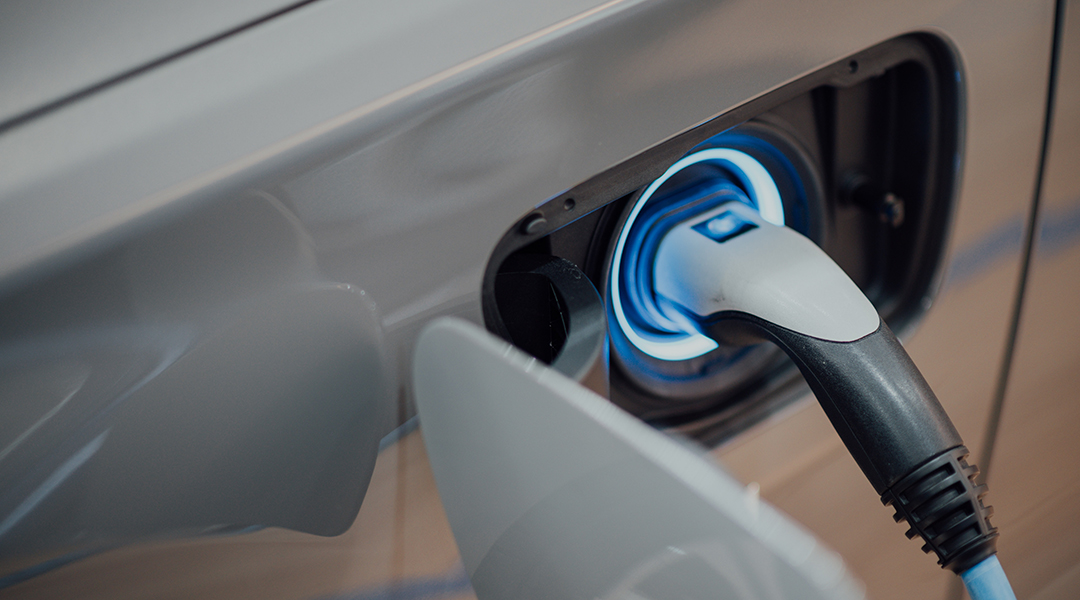
A new titanium nitride sulfur composite reduces the notorious shuttle effect and improves the overall performance of lithium-sulfur batteries.

Researchers at UC San Diego bring lithium metal batteries one step closer to commercialization with their new ultrasound device.
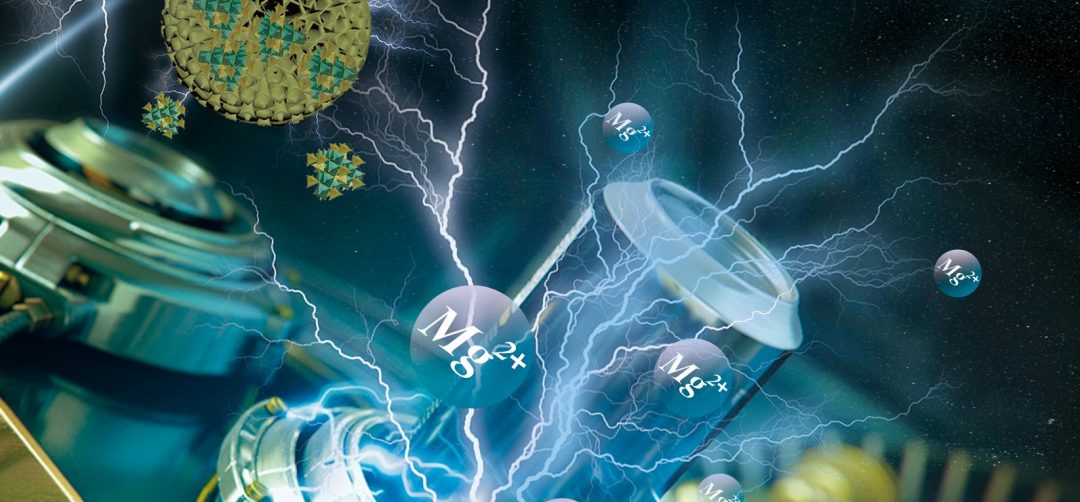
Magnesium batteries for high temperature use, layered cathode materials, and cathode microstructure are at the forefront of battery technology research.
![Lithium-based Solid Electrolytes for All-Solid-State Batteries [Video]](https://www.advancedsciencenews.com/wp-content/uploads/2018/12/adma201803075_ASN_image-1080x675.png)
All-solid-state batteries could overcome some of the drawbacks of lithium-ion batteries.
![Nanoflake Arrays of Lithiophilic Metal Oxides for the Ultra-Stable Anodes of Lithium-Metal Batteries [Video]](https://www.advancedsciencenews.com/wp-content/uploads/2018/10/adfm201803023_ASN_image.png)
Nanoflakes of graphene foams (GFs) decorated with lithiophilic metal oxides (LMONAs) as hosts for the anode of Li-metal batteries.